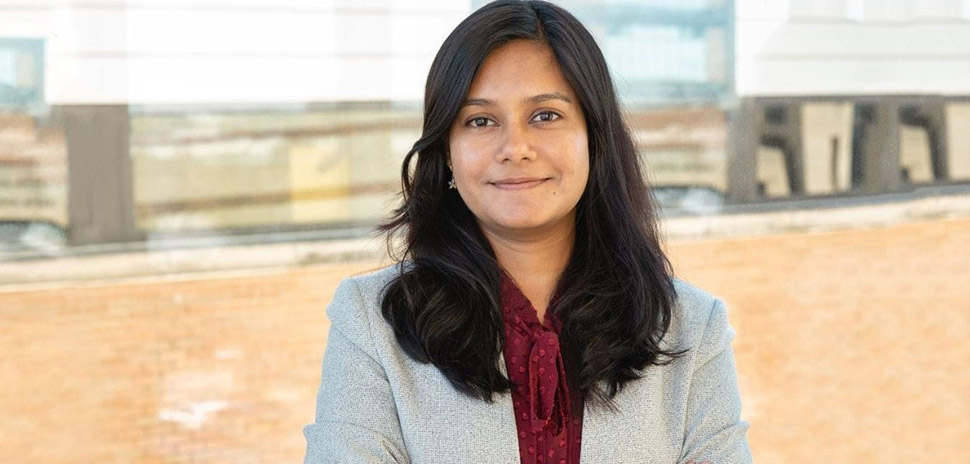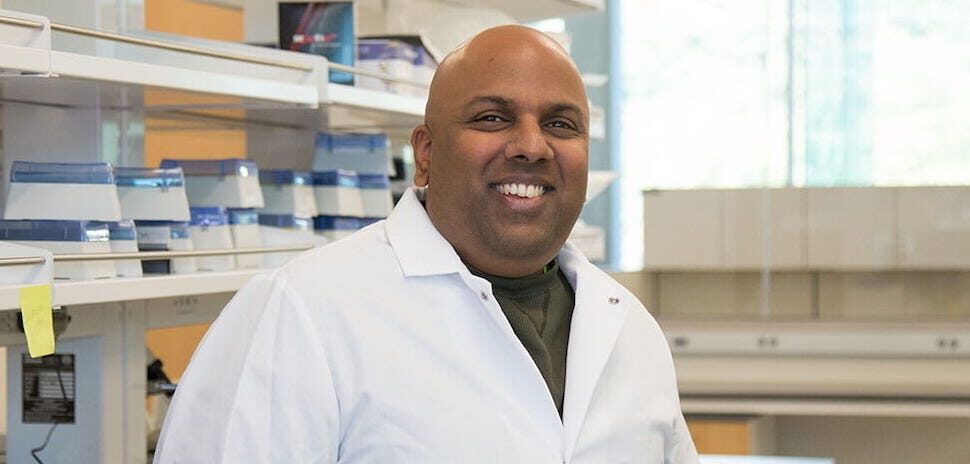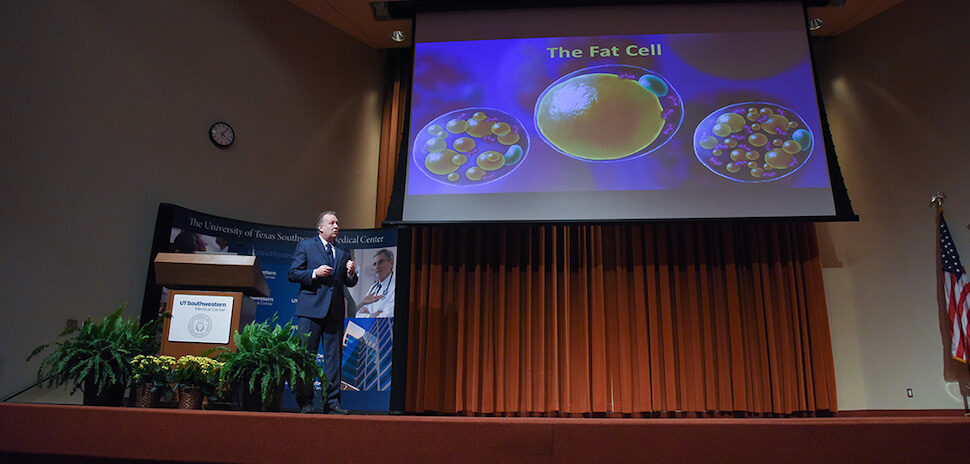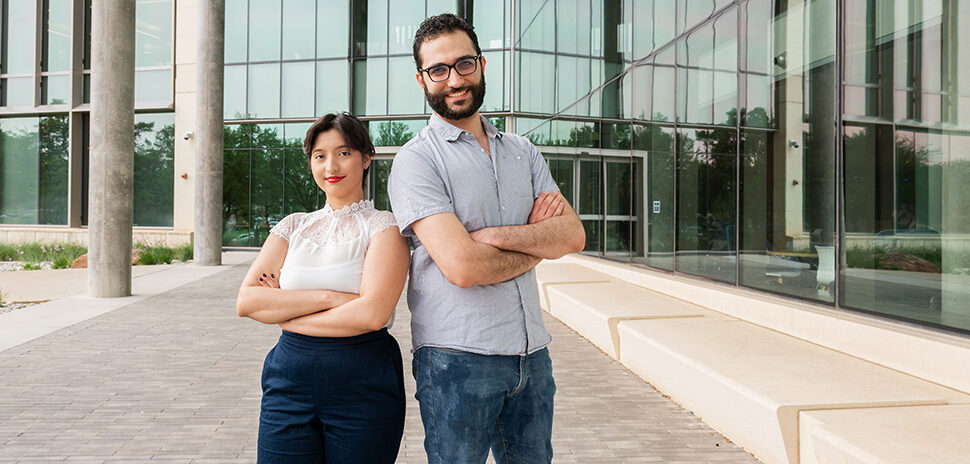There’s a reason why the architecture of the Romans survives to this day: durability. Now a researcher from UT Arlington is exploring the use of ancient techniques to reinvent concrete, enabling the creation of long-lasting structures in the modern world.
With a total of $747,000 in funding from the Defense Advanced Research Projects Agency (DARPA), civil engineering researcher Warda Ashraf has developed a new way to create concrete-like material. And she’s looking to take her creation out of the lab and into the real world.
“Roman concrete is a perfect combination, which can give us both durability and sustainability,” Ashraf told Dallas Innovates. “We have the recipe. We tested that in the laboratory. Now, let’s put it in the field and see what happens.”
Today’s cement production produces lots of carbon
While working on her PhD, Ashraf noticed that current cement production produces large amounts of carbon, while still lacking the resiliency of the types used long ago. The only issue with recreating the cement of the Romans was their use of volcanic ash—something in short supply in the U.S.
So she began looking at other options.
The solution: super-heated clay mixed with lime and seawater
Through trial and error, Ashraf and her team landed on a method using super-heated clay hydrated with lime and seawater to substitute for the volcanic ash. The result: a newly developed cement material that mimics the nano-to-micro structural features of that used by the Romans. It’s also more durable and cost-effective than current cement, Ashraf says.
“My personal goal would be to make a measurable change or reduction in the carbon emission of our construction industry,” Ashraf said.
Testing to take place in Corpus Christi Bay area
After testing the material in the lab, Ashraf’s team is now looking to test her invention out in the world. With a new $247,000 DARPA grant, Ashraf’s team aims to create structures made of the material that will be placed in the seawater of the Corpus Christi Bay area in the coming weeks. From there, the team will monitor how the structures stand up, while evaluating their environmental impacts and sustainability.
“That’s a very harsh environment where we have flooding issues, we have extreme environmental considerations. So, if our metal can survive there, that means it’s a really good material,” Ashraf said
Ashraf’s work was previously funded by a nearly $500,000 grant from a two-year DARPA Young Faculty Award in 2020—a “highly selective” award given to “high-risk, high-reward” research conducted by early-career scientists.
‘A chance to rewrite the way the cement business is conducted worldwide’
The focus of the test—the first real-world use of the material—will look to see how it could be used to reduce maintenance costs for infrastructure in coastal areas. The Department of Defense agency is interested in potential infrastructure uses in other parts of the country to help bolster structural integrity.
However, UT Arlington’s interim chair of the Department of Civil Engineering Melanie Sattler foresees applications for the material far and wide. She says the research “has a chance to rewrite the way the cement business is conducted worldwide.”
“Anyone who uses cement could try this new material,” Sattler said in a statement.
As for Ashraf, she hopes the material can be used as a substitute or supplement for concrete on the market, offering the world something more sustainable—both environmentally and structurally.
![]()
Get on the list.
Dallas Innovates, every day.
Sign up to keep your eye on what’s new and next in Dallas-Fort Worth, every day.

































